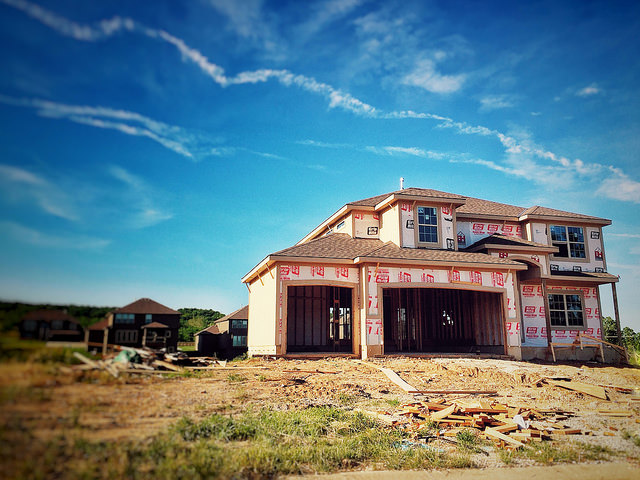Home buyers may be getting an early start on the spring buying season this year, according to new numbers from the Mortgage Bankers Association. In fact, demand for purchase loan applications was up 6 percent last week from one week earlier and at its highest level since April 2010. And the increase comes at a time when mortgage rates are higher than they’ve been since March of last year. So what explains the high level of buyer interest? Lynn Fisher, MBA’s vice president of research and economics, told CNBC she thinks buyers may be trying to get a jump on the competition. “A combination of being left on the sideline last summer due to a lack of inventory for sale and the prospect of slowly rising interest rates over the near term appears to have buyers in a hurry to start the spring buying season,†Fisher said. Whatever the case, the number of potential home buyers requesting loan applications to buy homes last week was 7 percent higher than during the same week last year. More here.













